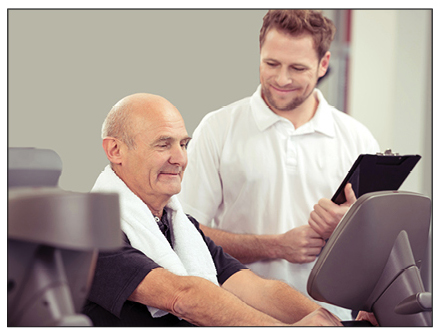As we get older, society tells us to take it easy and rest. However, research shows that this whole “sitting around all day” can actually do us more harm than good. According to the CDC, statistics show that 75% of older adults are sedentary.
Having an inactive lifestyle can be very harmful to your health. Sitting for long hours a day can decrease your bone density and heighten your risk for a heart attack or stroke. Physical activity is an important part of healthy aging.
Ask yourself these questions…
• Do You Ever Feel Tired?
• Do You Have Unexplained Aches and Pains?
• Are You Afraid That You Might Fall or Injure Yourself?
If you answered “yes”, you may want to consider adding a little exercise to your life. This doesn’t mean you need to go out and join a gym, many things can count as exercise like walking, gardening, cleaning, swimming, and dancing. At all ages, some physical activity is better than doing none.
Therapy Can Help Adults Stay Active & Independent
Physical therapists can teach you how to exercise appropriately for joint mobility, muscle strength and fitness. Occupational therapists help older adults to safely do the things they want to do, stay active and live well despite limitations. Talk to your doctor today about the benefits of physical and occupational therapy!






